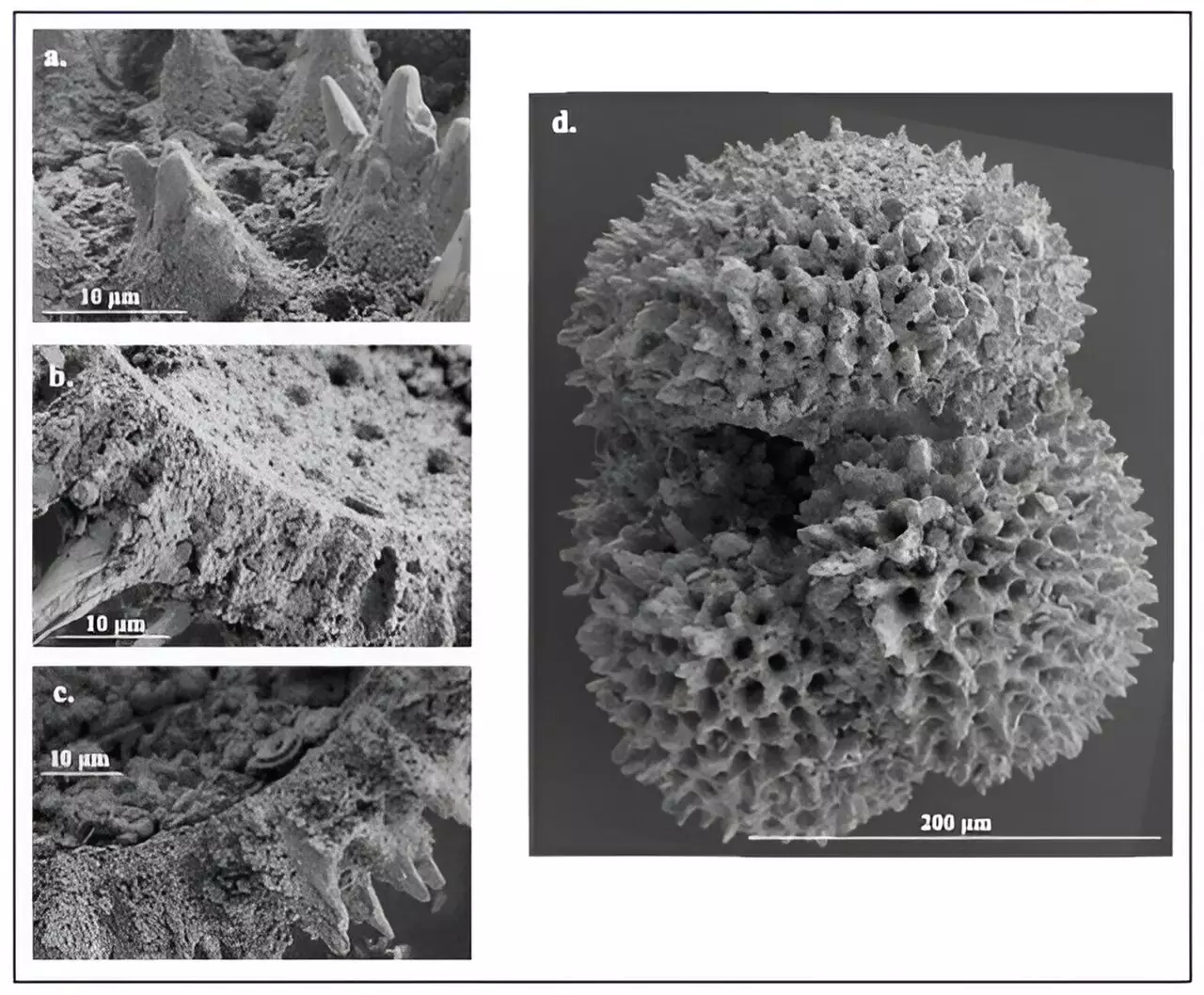As Earth’s climate continues to change more rapidly than ever before, scientific inquiry into past climate events becomes increasingly vital for understanding present conditions and forecasting future trends. The transition from the Paleocene to the Eocene epochs, approximately 59 to 51 million years ago, marks significant warming events characterized by substantial carbon dioxide emissions and other greenhouse gas releases. Recent research from University of Utah geoscientists sheds light on the intricate relationship between sea surface temperatures and atmospheric CO2 levels during this transformative period, providing a crucial framework for assessing the long-term effects of current anthropogenic climate change.
The warming periods known as hyperthermals, occurring during the Paleocene-Eocene transition, highlight the interconnectedness of greenhouse gas emissions and planetary temperature shifts. As noted in recent findings published in the *Proceedings of the National Academy of Sciences*, the dramatic alterations in climate during this period were primarily driven by significant carbon releases, potentially from both volcanic activity and other geological processes. The study’s lead author, Dustin Harper, emphasizes the importance of these past events as analogs that may inform our understanding of today’s rapid climate shifts fueled by human activity.
The primary focus of this recent investigation was to distinctly illustrate the changes in sea surface temperatures in tandem with CO2 levels during the Paleocene-Eocene Thermal Maximum (PETM) and the Eocene Thermal Maximum 2 (ETM-2). By analyzing microfossils found in drilling cores from the Pacific Ocean, the research team was able to piece together atmospheric and oceanic conditions over a six-million-year period. This thorough assessment suggests that the rise in atmospheric CO2 during these epochs was closely linked with increasing global temperatures, reinforcing the notion that the climate responds uniformly to elevated greenhouse gas concentrations.
To explore ancient climatic conditions, researchers relied heavily on recovered fossilized remains of foraminifera—single-celled organisms that once thrived in marine environments. These spoils carry essential information regarding historical temperatures and carbon dioxide levels, as their shell composition records the ocean chemistry at the time they were formed. Specifically, the boron isotopes within these shells serve as proxies for CO2 concentrations in both ocean and atmospheric conditions.
By utilizing a statistical model to analyze the sediments collected from locations along the Shatsky Rise, a geological undersea plateau in the North Pacific, scientists reconstructed a detailed account of the climate during the PETM and ETM-2. The results of this analysis affirm that the Earth’s climate system exhibits a sensitive relationship with CO2 changes. Co-author Gabriel Bowen remarked on the varying degrees of sensitivity observed, indicating that while responses could differ over geologic time scales, there remains a consistent trend of warming correlated with increased CO2 levels.
As current human activities contribute to carbon emissions at a rate four to ten times greater than those of ancient hyperthermal events, the research offers a critical perspective. The total carbon released during historical episodes bears resemblance to projected emissions from human activities, allowing scientists to draw parallels between the past and present. These analogs notably underscore potential environmental changes humanity may face if greenhouse gas emissions are not curtailed.
The findings assert that understanding the consequences of past warming events can inform strategies to combat modern climate issues. Scientists are particularly keen to delineate the variations in climate responses and ecological ramifications that occurred during these ancient periods of heightened atmospheric CO2. This knowledge is crucial in preparing for future scenarios of climate change, striving towards mitigating impacts on ecosystems and human society alike.
As the information gleaned from the study of the Paleocene-Eocene epochs presents critical insights, researchers highlight the importance of continued exploration of Earth’s climatic history. By deciphering the influences of past carbon emissions on temperature and ocean chemistry, scientists aspire to equip policymakers and the public with the knowledge necessary to understand and respond effectively to the unfolding climate crisis. The parallels drawn from ancient times offer valuable lessons, insisting that we heed the warnings of a planet in peril, emphasizing the urgency of mitigating carbon releases today to safeguard future generations.


Leave a Reply